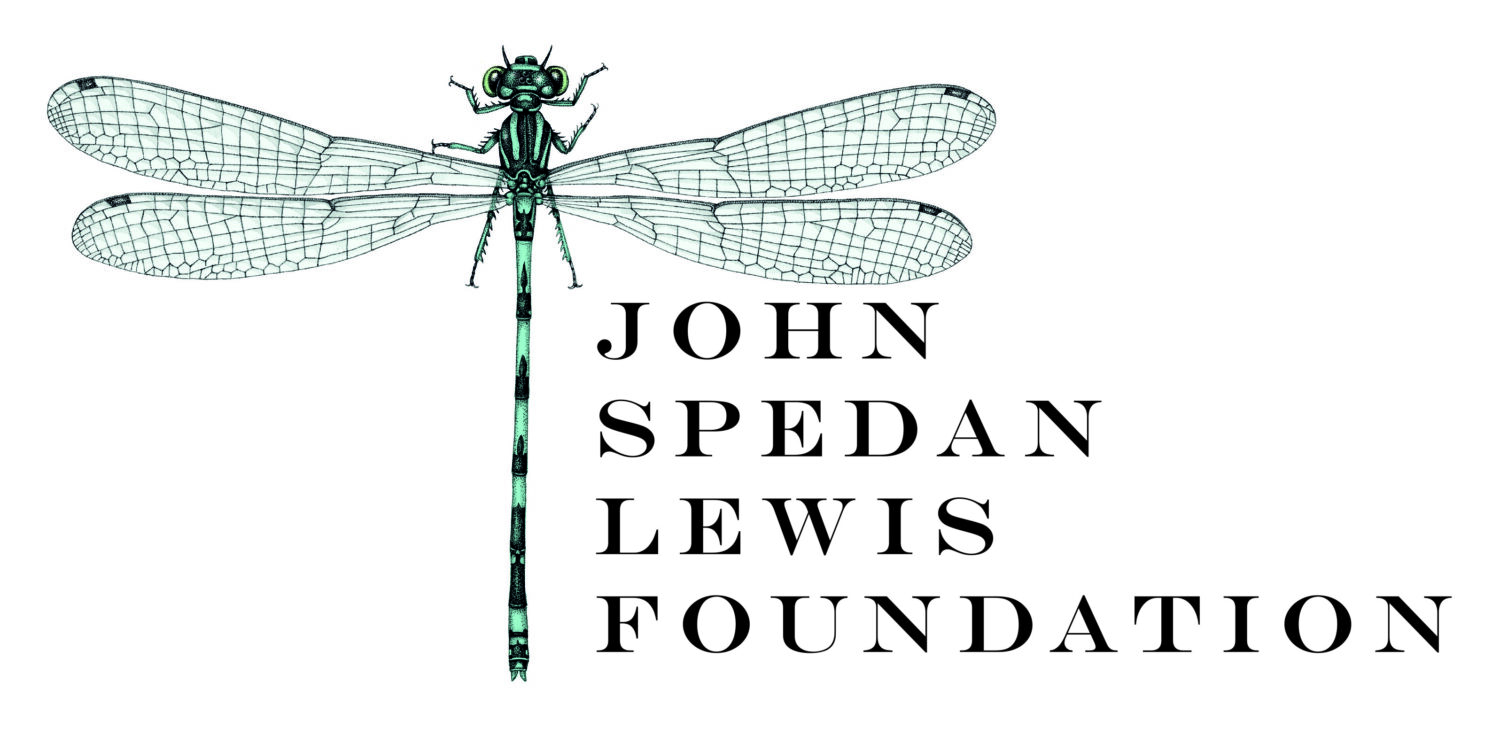Recently, young naturalists on NHSN’s Field Skills Programme, supported by the John Spedan Lewis Foundation, set out to explore the plant life of Warkworth on the Northumberland coast. Hear how they got on with participant, Ellie Davison.
The latest NHSN field skills session was a fantastic whizz through the coastal flora of Warkworth, led by botanists Chris Metherell, Hazel Metherell (who together are the co-authors of ‘Plants of Holy Island’), and Mima Cattan. Upon arrival, Chris gave a short talk on the BSBI (for which he is a vice-county recorder for North Northumberland) and submitting records to iRecord. The UK has a rich history of botanical recording, and modern platforms such as iRecord help to contribute to the UK being one of the most botanically well-recorded countries in the world.
We began our walk, but as is usually the case with botany, we didn’t make it too far before we stopped to examine our first plant. Hazel, who has a particular passion for ferns, showed us where the Latin name for Bracken, Pteridium aquilinum, comes from. It roughly translates to ‘eagle fern’, because Victorian taxonomists described the unfurling fronds to somewhat resemble the shape of an eagle in flight. We did observe this although a fair amount of squinting was involved! There was more talk of Latin origin with the discovery of a patch of Mouse-Ear Hawkweed, Pilosella officinarum. The ‘office’ in officinarum points to its historical medicinal uses, the original ‘office’ being the apothecary.


Chris introduced us to the huge world of dandelions. These remarkable plants primarily reproduce asexually through cloning, meaning that any mutation can quickly rise to a new distinct species. So far in Britain and Ireland, there are around 250 named species of dandelion. One would assume that asexual reproduction would mean that dandelions wouldn’t need to put energy into attracting pollinators, but of course, we know this isn’t true as their iconic yellow flowers are a really important early nectar and pollen source. It is thought that some species need the physical stimulation to trigger asexual seed production.
We discovered a whole new way of appreciating another commonly overlooked plant, Ribwort Plantain. Chris and Hazel pointed out the white stamens protruding from the compact flower heads. They explained that the plant produces the female parts, the stigmas, first. These appear in a ring which move up the compact flower head, and these are then followed by a ring of the male parts, the stamens. This helps to reduce self-fertilisation. Interestingly, cows that graze in pastures rich in Ribwort Plantain produce notably less methane than ones that don’t.
Hazel talked us through the chemistry of stinging nettles. As they are brushed past, the tips of the tiny hollow hairs break off which allow them to act like a needle and inject the unfortunate passerby with toxins. The sting from stinging nettles was once thought to be solely down to the injection of formic acid, however the quantity of acid alone wouldn’t be enough to cause much of a reaction. It is now thought to be a combination of the acid and histamine, acetylcholine and serotonin which all cause inflammation. Similar in appearance but in a completely different family, we spotted some Hedge Woundwort in flower. Crushing a leaf of this plant releases an incredibly unpleasant smell, somewhat reminiscent of dirty, unchanged bandages. It also has a rich medicinal history, being used to treat wounds, cuts, pain, burns and bruises.
One of the stars of the show was a small patch of what initially appeared to be pure Northern Marsh Orchids. However, Chris revealed an intriguing discovery. By examining the stomata, it became evident that there had been some hybridisation with Common Spotted Orchids in the past. Pure Northern Marsh have their stomata on the underside of the leaf, and Common Spotted have them on the topside. These specimens had stomata on both sides!




Entomologist, Gordon Port, was reliably on hand to point out some fantastic creepy crawlies. There were several beautiful caterpillars out, including the Drinker Moth caterpillar which got its name as it is thought to drink drops of dew from grass stems as it feeds. The Denticulate Leatherbug, Coriomeris denticulatus, was a particularly notable find, as almost all of the 1465 records on iRecord were from much further south.
Once again, a wonderful day out in the sunshine with a fantastic group of enthusiastic naturalists. Thank you to everyone who made it possible – Chris, Hazel, Mima, Gordon, and everyone at the NHSN and the John Spedan Lewis Foundation. What a fantastic opportunity!
